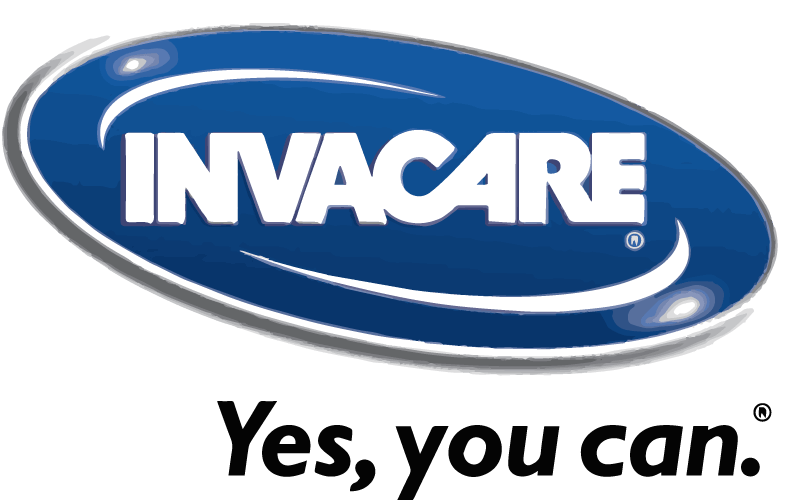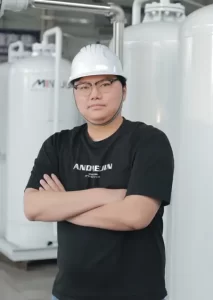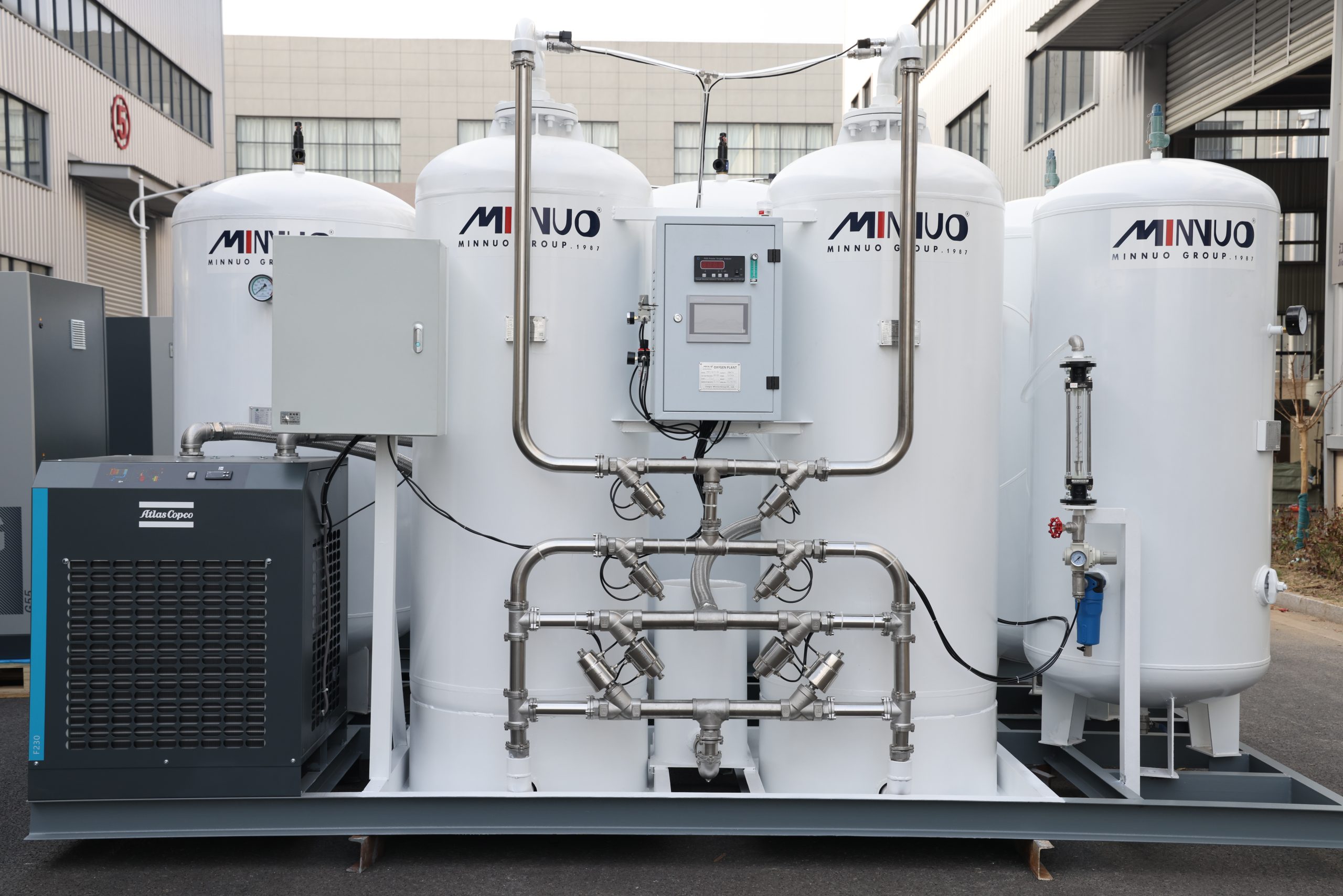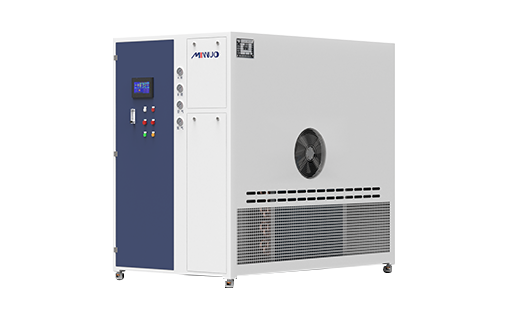The Oxygen concentrator plays a vital role in providing uninterrupted oxygen supply to patients in critical care units, such as the ICU, emergency rooms, and other specialized areas within hospitals. These devices ensure a constant and reliable flow of oxygen, which is essential for patient recovery, especially in emergency or high-pressure situations. The efficiency and reliability of these systems directly impact the quality of patient care and, ultimately, hospital outcomes.
Selecting the right oxygen concentrator for hospitals comes with several challenges. Hospitals must navigate through factors like cost-effectiveness, maintenance requirements, and energy consumption. Additionally, compliance with medical standards is crucial, as hospitals must ensure the equipment they choose meets both industry and safety standards. Given these multiple considerations, finding the right balance between affordability, operational efficiency, and long-term reliability can be daunting.
This article aims to provide insights into the key factors that hospitals should consider when selecting an oxygen concentrator brand. It will explore why oxygen purity, reliability, energy efficiency, and compliance with regulations are critical in maintaining hospital operations. Moreover, it will highlight how choosing the right brand can not only ensure optimal patient safety and care but also help hospitals optimize costs and operational efficiency. If you’re involved in hospital equipment procurement or simply interested in understanding the key aspects of oxygen concentrator selection, keep reading to find out how to make the best decision for your healthcare facility.
1. Key Considerations When Choosing an Oxygen Concentrator Brand for Hospitals
Oxygen Purity: Why it is crucial to choose a brand that consistently provides oxygen with purity levels of 93% ± 3% (as required by hospital standards). The impact of oxygen purity on patient safety and therapeutic effectiveness.
Flow Rate and Capacity: Understanding the specific flow rate needs of different hospital departments (ICU, emergency, operating rooms). Discuss the importance of scalability and capacity to handle peak oxygen demands.
Reliability and Durability: The importance of choosing a brand known for its reliability, low maintenance requirements, and long service life. How failure to maintain an oxygen supply could be detrimental to patient care.
Energy Efficiency: The financial and environmental benefits of selecting an energy-efficient model, especially in large hospitals with high oxygen consumption.
Compliance with Standards: Ensuring the oxygen concentrator brand meets all required medical certifications (e.g., CE, ISO 13485), industry standards, and hospital-specific regulations.
2. Top Oxygen Concentrator Brands for Hospitals
Brand 1: MINNUO
Overview:
MINNUO is a leading global manufacturer of medical oxygen concentrators, known for its energy-efficient models and ability to provide customized solutions based on the oxygen needs of hospitals.
Key Features:
High oxygen purity (93% ± 3%): Guarantees the oxygen meets medical standards.
Reliability: Offers models that ensure continuous and uninterrupted oxygen supply.
Energy-Efficient: The design minimizes power consumption while maintaining performance.
Customizable Solutions: Able to provide tailored systems based on hospital size, flow requirements, and specific needs.
Advantages for Hospitals:
MINNUO’s technology is designed with hospitals in mind, offering low-maintenance systems that provide efficient and reliable oxygen supply, which is critical in ensuring patient care in emergency, ICU, and surgical settings.
Customer Feedback and Case Studies:
Hospitals worldwide trust MINNUO for its long lifespan and low maintenance costs. Feedback highlights the brand’s focus on user-friendly systems that provide stable, high-quality oxygen output while minimizing maintenance requirements.

Brand 2: Philips Respironics
Overview:
Philips Respironics is a global leader in respiratory therapy, known for providing innovative oxygen therapy solutions to healthcare providers worldwide. Their oxygen concentrators are recognized for their compact design and dependable performance.
Key Features:
Advanced Filtration: Ensures oxygen is purified to meet medical-grade standards.
Continuous Oxygen Supply: Designed to supply oxygen seamlessly for 24/7 hospital use.
Compact Design: Space-saving units ideal for hospitals with limited space, particularly in ICUs and emergency rooms.
Advantages for Hospitals:
Philips Respironics provides hospitals with a proven, reliable solution for critical care settings. Their equipment is designed to perform under pressure, ensuring that patients in critical care units or during emergencies receive the oxygen they need without interruptions.
Customer Feedback and Case Studies:
Hospitals using Philips Respironics have praised their ability to provide reliable oxygen supply, even during the most challenging times.

Brand 3: Invacare
Overview:
Invacare is a well-established brand that has been providing oxygen solutions for both home care and hospital use. The brand is known for producing durable, energy-efficient systems that comply with medical industry standards.
Key Features:
Durability: Built for long-term use in demanding hospital environments.
Long-Lasting Performance: Designed to provide uninterrupted oxygen supply, even in high-demand settings.
Compliance: Meets international standards, ensuring safety and efficiency.
Advantages for Hospitals:
Invacare systems are designed to be energy-efficient and easy to use, making them a cost-effective solution for hospitals with high oxygen demand. Their durable systems ensure hospitals can rely on them for continuous operation.
Customer Feedback and Case Studies:
Hospitals using Invacare oxygen concentrators report consistent performance in high-demand environments, with many healthcare administrators praising the system’s reliability and the responsive customer support team.

Brand 4: AirSep
Overview:
AirSep is a trusted name in oxygen generation systems, offering high-quality, reliable equipment for hospitals. Known for their modular design and scalability, AirSep provides flexible options for hospitals with varying oxygen needs.
Key Features:
Modular Design: Flexible systems that can scale based on the hospital’s requirements.
Robust Warranty Options: Offers reliable after-sales support to ensure long-term usability.
Energy-Efficient Systems: AirSep’s systems are designed with energy-saving features, making them a cost-effective choice for large hospitals.
Advantages for Hospitals:
AirSep delivers a reliable, cost-effective solution for hospitals requiring large volumes of oxygen. Its modular design ensures hospitals can scale their oxygen supply as needs grow without significant upfront investment.
Customer Feedback and Case Studies:
Hospitals using AirSep’s systems have shared positive feedback regarding the flexibility and reliability of the units.

3. Comparing Oxygen Concentrator Brands
Price vs. Performance
When selecting an oxygen concentrator for hospital use, one of the primary factors to consider is the price vs. performance ratio. It’s important to weigh the cost against the overall long-term benefits. While some brands may offer lower upfront costs, they could come with higher operational and maintenance costs. On the other hand, premium brands often provide superior durability, enhanced oxygen production capabilities, and energy efficiency, which can reduce long-term costs. Here are some key points to consider:
Upfront Costs: Evaluate whether the initial cost fits within your hospital’s budget.
Long-Term Durability: Check the expected lifespan and potential for downtime.
Performance: Assess how efficiently the unit performs in continuous operation, as hospitals require reliable and long-lasting oxygen supply.
Cost-Efficiency: Balance initial cost with operational savings over time, factoring in energy consumption and required maintenance.
Maintenance and After-Sales Support
A crucial factor in maintaining the efficiency of an oxygen concentrator is the maintenance and after-sales support provided by the manufacturer. Hospitals cannot afford significant downtime, and any equipment failure must be addressed promptly. Some key aspects to consider when comparing brands:
Maintenance Requirements: Look for brands that offer easy maintenance routines, with readily available parts and simple troubleshooting steps.
After-Sales Support: A reliable customer service team that is easily accessible and quick to respond is essential. Make sure the brand offers robust warranties and extended service plans.
Service Network: A wide network of service centers and trained professionals will minimize downtime during repairs and ensure fast resolution of issues.
Customer Care Programs: Some brands offer customer loyalty programs or special support channels for hospitals, which can be beneficial for maintaining equipment and accessing updates or upgrades.
Energy Efficiency and Operating Costs
As hospitals continuously look to reduce operating costs while maintaining high standards of care, the energy efficiency of an oxygen concentrator becomes a key consideration. Oxygen concentrators can consume significant amounts of energy, especially in large hospitals where demand is high. A comparison of energy efficiency between brands can help:
Energy Consumption: Some brands are designed with energy-saving features such as variable-speed motors or auto-power-down features during non-peak hours, reducing overall consumption.
Long-Term Savings: While energy-efficient models may cost more initially, they offer substantial savings in electricity bills over the long term, making them more cost-effective for high-demand environments like hospitals.
Operating Costs: Calculate the total cost of operation, including maintenance and energy consumption. Some brands may offer lower initial costs but could be more expensive in terms of energy use over time.
Technological Advancements
In today’s fast-evolving healthcare environment, oxygen concentrator brands are incorporating modern technology to enhance operational efficiency and patient care. Key technological features to compare include:
Intelligent Control: Many high-end oxygen concentrators now include intelligent control systems that optimize performance based on real-time data, ensuring oxygen levels are consistent and the system is running at peak efficiency.
Real-Time Monitoring: Some brands integrate remote monitoring capabilities, allowing hospital staff to track oxygen levels, system performance, and maintenance needs from anywhere. This is particularly useful for hospitals with large or decentralized facilities.
Remote Diagnostics: Advanced diagnostic tools allow for proactive system maintenance. Brands with remote diagnostics enable real-time troubleshooting and system health monitoring, which helps prevent downtime and minimizes the need for on-site technician visits.
Automatic Adjustments: Certain systems can automatically adjust oxygen output in response to changes in patient needs, which improves the overall effectiveness and reduces the likelihood of over- or under-supplying oxygen.
4. How to Choose the Best Oxygen Concentrator Brand for Your Hospital
Step-by-Step Selection Process: A guide for hospitals on how to evaluate their oxygen needs based on flow rate, purity, capacity, and usage. Key steps in selecting the right brand for their requirements.
Factors Specific to Different Hospital Settings: Tailoring the choice of an oxygen concentrator based on hospital size (small, medium, large), location (e.g., urban, rural), and patient population (e.g., general wards, intensive care units).
Consulting with Experts: Importance of working with a professional to assess the hospital’s specific oxygen requirements and match them with the right equipment and brand.
Conclusion
Choosing the right oxygen concentrator brand for a hospital is essential for ensuring high-quality care and operational efficiency. Key considerations include oxygen purity (meeting medical standards), reliability for continuous service, energy efficiency to reduce operational costs, and compliance with industry regulations. Brands that offer durable, efficient systems with minimal maintenance are preferable for hospitals, as they provide both economic benefits and ensure the safety and comfort of patients.
MINNUO stands out as a leading choice for hospitals seeking reliable, energy-efficient, and compliant oxygen concentrators. With a focus on providing high-quality oxygen generation systems, MINNUO ensures hospitals can meet their specific needs, whether for routine or high-demand usage, with customized solutions designed for long-term reliability and cost efficiency.
Hospitals are encouraged to evaluate their specific oxygen needs and consult with experts to make the most informed decision when choosing an oxygen concentrator brand. Visit MINNUO’s website for detailed product information and personalized assistance in selecting the right solution for your facility’s oxygen supply needs.






 sales2:+86 17506119168
sales2:+86 17506119168

